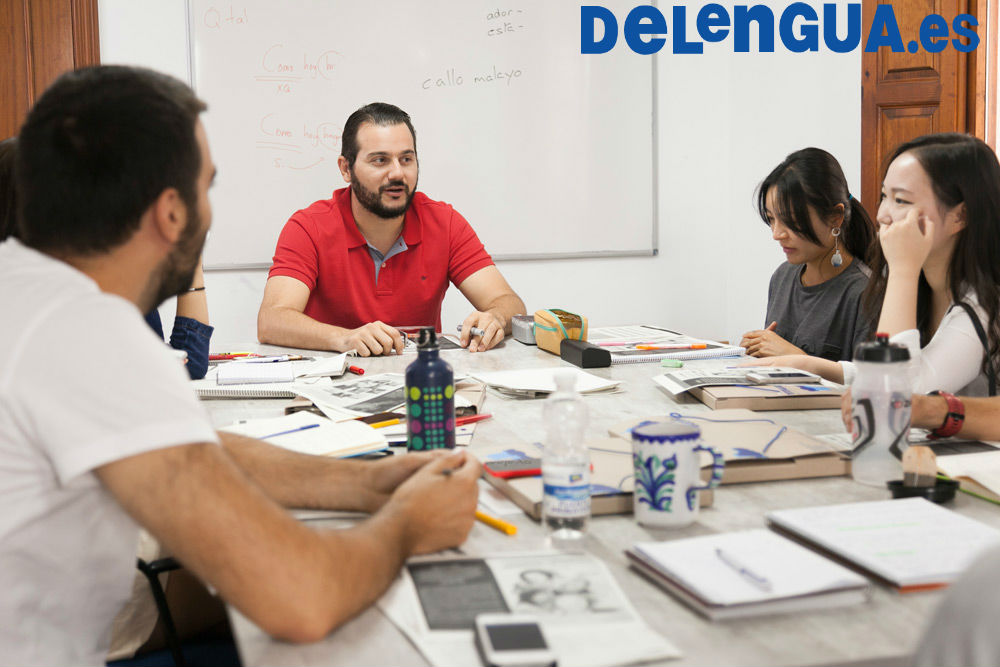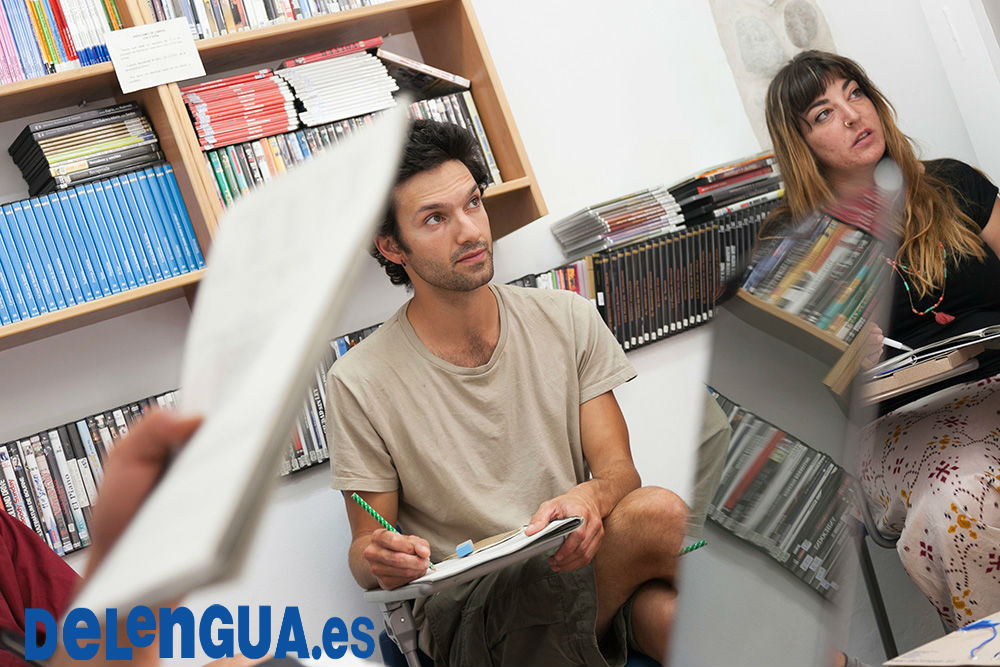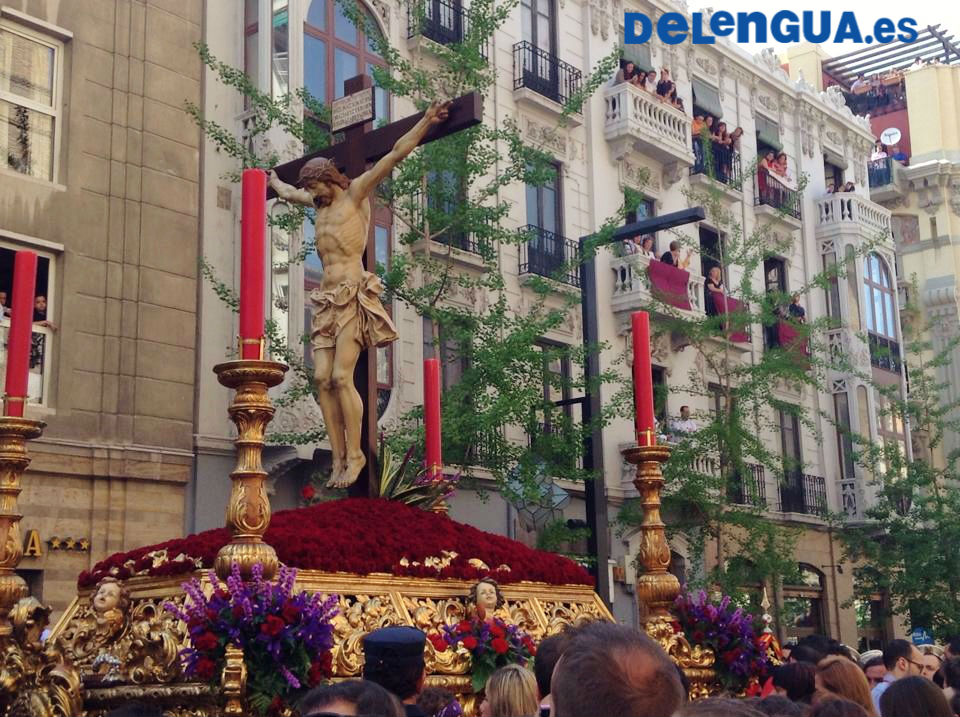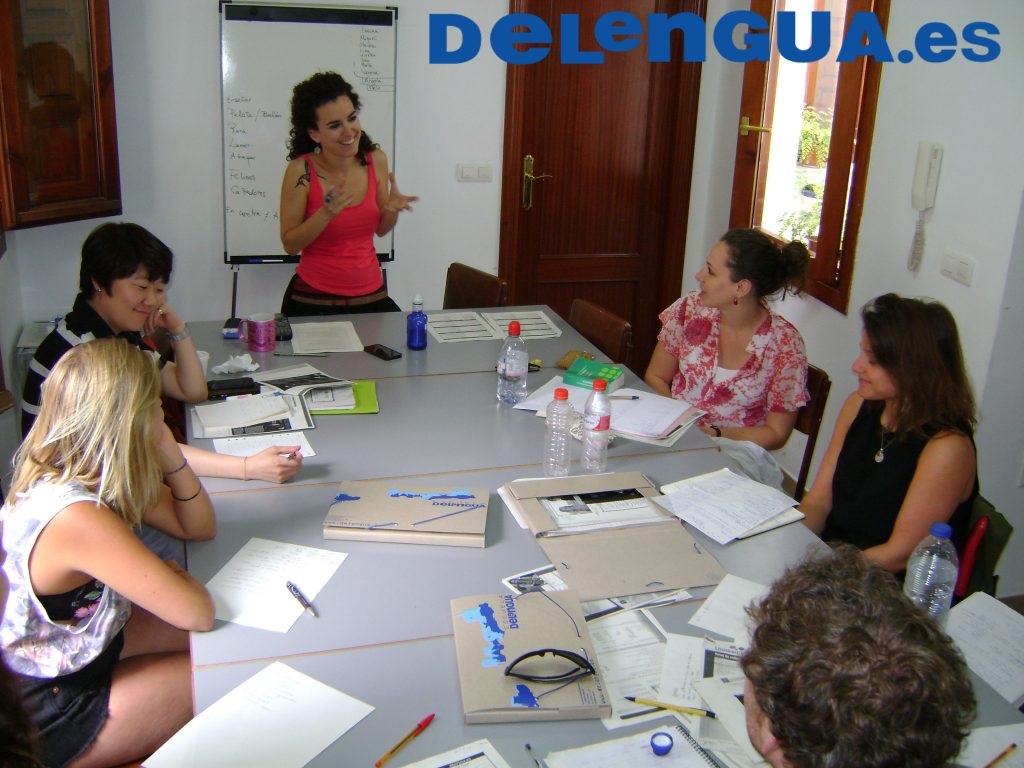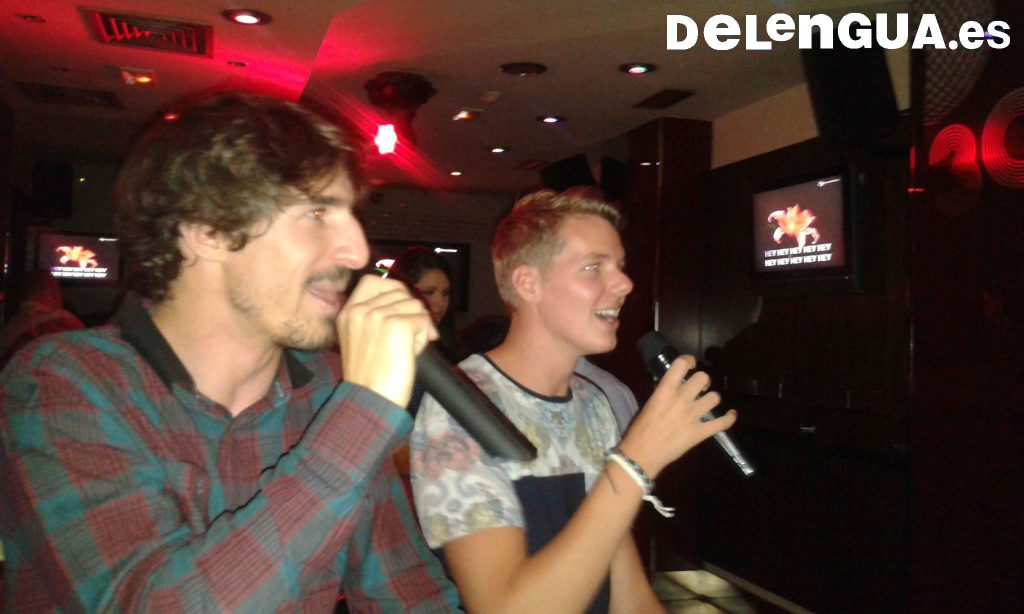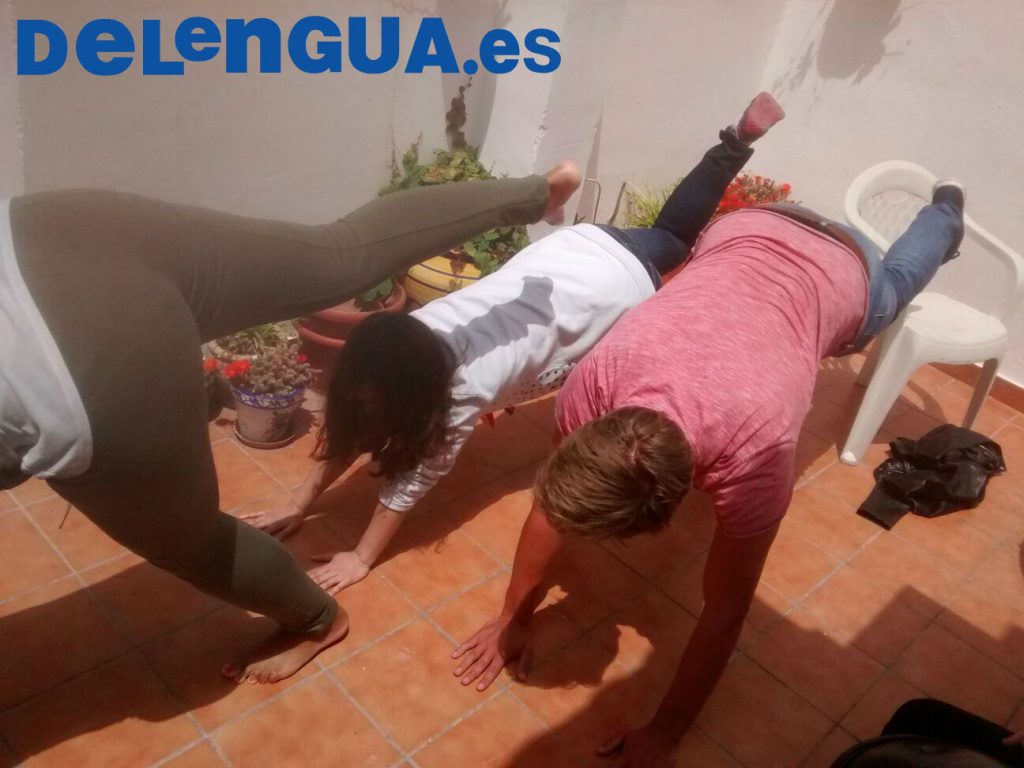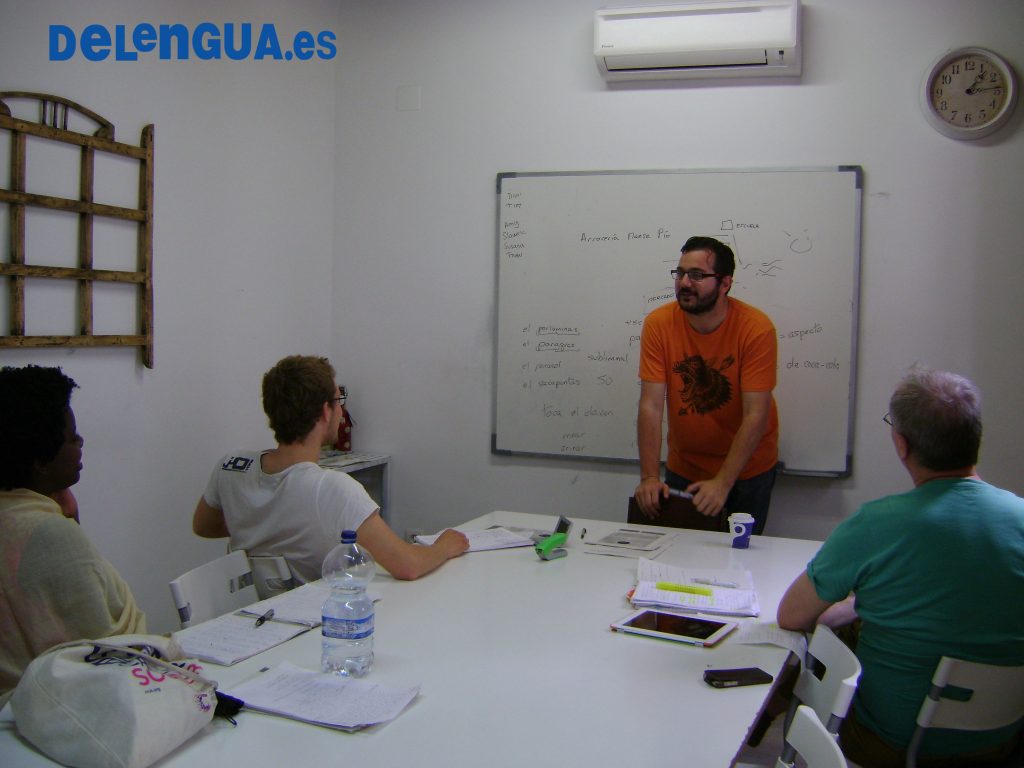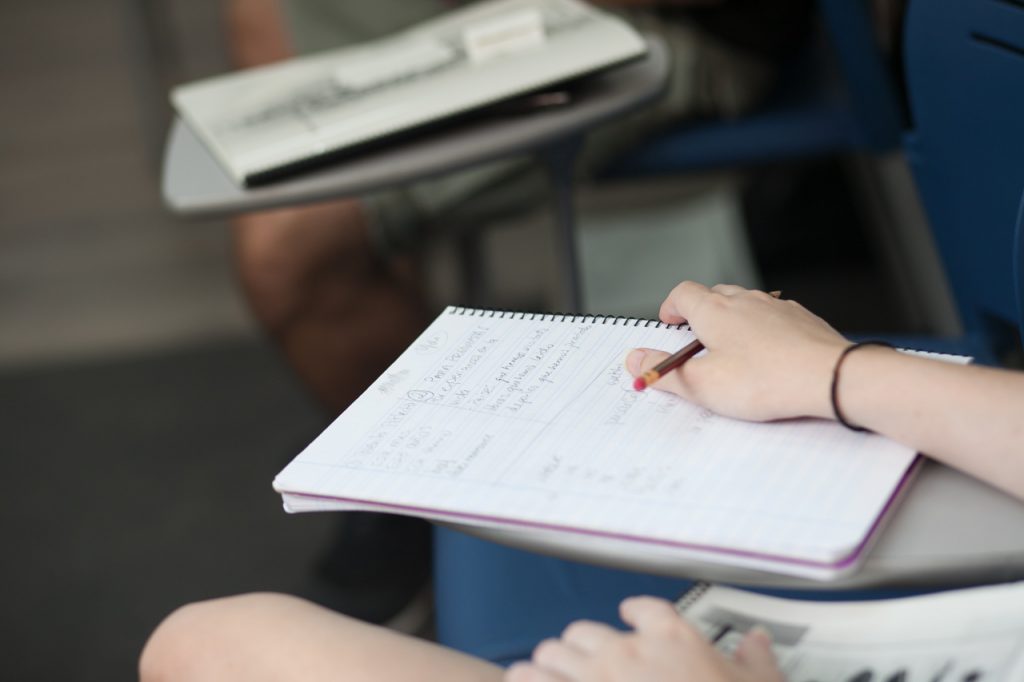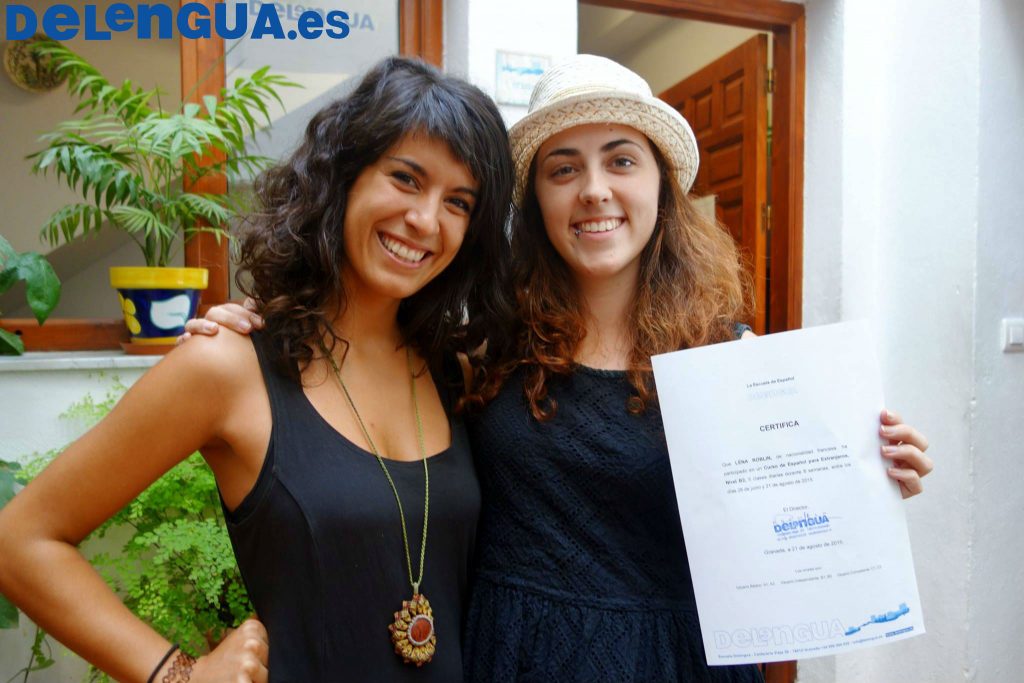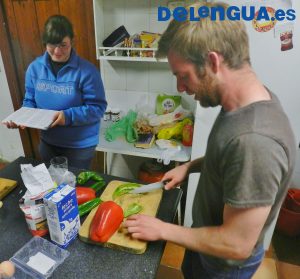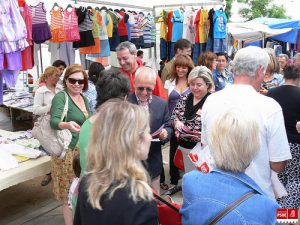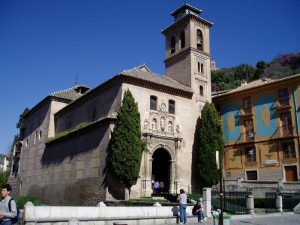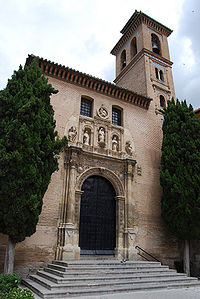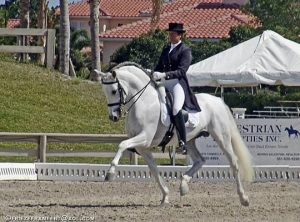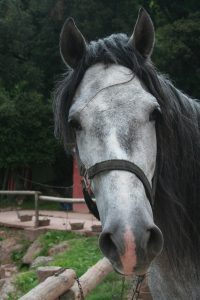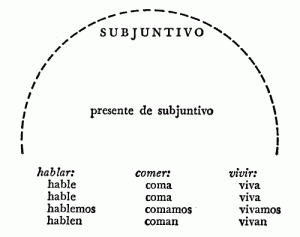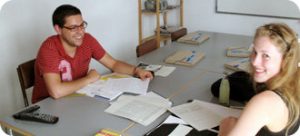Español:
Fue un navegante, explorador y colonizador, famoso por haber realizado el descubrimiento de América, en 1492. Cristóbal Colón nació en Génova, Italia pero no se sabe exactamente la fecha de su nacimiento aparte de que fue en el año 1451. Se casó con Felipa Muñiz de Perestrello cuando vivía en Lisboa, Portugal y tuvieron un hijo, Diego en 1482.Se interesó desde niño por la navegación y, desde muy joven, trabajó como grumete. Impulsado por sus interes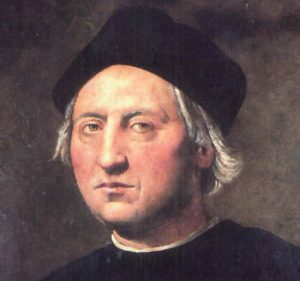 es, leyó tratados y conoció los mapas que circulaban en su época, deseaba llegar a las Indias Orientales, tierra en las que suponía que iba a encontrar grandes riquezas. Su proyecto descubridor fue rechazado por el rey de Portugal, Juan II en 1484 y también cuando lo presentó en 1486 a los Reyes Católicos de España. En 1488 conoció a Beatriz Enríquez de Arana, con quien tuvo a su segundo hijo, Fernando. Finalmente con la ayuda de uno de los religiosos del convento, Fray Juan Pérez, logró el apoyo de los reyes de España, Fernando de Aragón e Isabel de Castilla, quienes solventaron económicamente la organización de la expedición. El 3 de agosto de 1492, Colón partió de Puerto de Palos en España y el 12 de octubre de ese año desembarcó por primera vez la tripulación en la Isla Guanahaní (luego bautizada como San Salvador). Cuando ya de vuelta en España relató sus experiencias en las Indias y tuvo una excelente recepción por parte de los reyes católicos. A partir de entonces, Colón realizó otros viajes, pero ninguno tuvo tanto éxito como el primero. El gran navegante falleció el 20 de mayo de 1506 en Valladolid, España.
es, leyó tratados y conoció los mapas que circulaban en su época, deseaba llegar a las Indias Orientales, tierra en las que suponía que iba a encontrar grandes riquezas. Su proyecto descubridor fue rechazado por el rey de Portugal, Juan II en 1484 y también cuando lo presentó en 1486 a los Reyes Católicos de España. En 1488 conoció a Beatriz Enríquez de Arana, con quien tuvo a su segundo hijo, Fernando. Finalmente con la ayuda de uno de los religiosos del convento, Fray Juan Pérez, logró el apoyo de los reyes de España, Fernando de Aragón e Isabel de Castilla, quienes solventaron económicamente la organización de la expedición. El 3 de agosto de 1492, Colón partió de Puerto de Palos en España y el 12 de octubre de ese año desembarcó por primera vez la tripulación en la Isla Guanahaní (luego bautizada como San Salvador). Cuando ya de vuelta en España relató sus experiencias en las Indias y tuvo una excelente recepción por parte de los reyes católicos. A partir de entonces, Colón realizó otros viajes, pero ninguno tuvo tanto éxito como el primero. El gran navegante falleció el 20 de mayo de 1506 en Valladolid, España.
Cristóbal Colón tuvo una reunión con la Reina Isabel la Católica y consiguió el apoyo para el descubrimiento de América en Granada, España. En el centro de la ciudad de Granada hay una escultura muy conocida de la Reina Isabel concediendo permiso a Colón para disponer de los barcos y las provisiones necesarias para su viaje hacia las Indias. Mucha de la historia de España se encuentra en Granada, lo que hace que sea una de las ciudades más interesantes de España para visitar y aprender español. Escuela Delengua se sitúa en pleno centro de la ciudad y ofrece mucha variedad de cursos de español.
_______________________________________________________________________
English:
He was a navigator, explorer a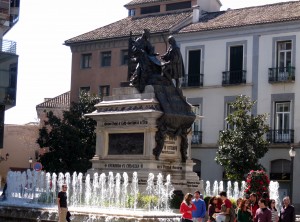 nd colonizer, famous for having made the discovery of America in 1492. Christopher Columbus was born in Genoa, Italy but the exact date of his birth isn’t known apart from that it was in the year 1451. He was married to Felipa Muñiz de Perestrello when he lived in Lisbon, Portugal and they had a son, Diego in 1482. Since he was a child he had been interested in navigation and since he was very young he had worked as a cabin boy. Driven by his interest, he read treatise and studied the maps that were circulated in his time, he wanted to go to the East Indies, lands that he supposed he would find great wealth. His prject of discovery was rejected by the King of Portugal, Juan II in 1484 and again when he presented it in 1486 to the Catholic Kings of Spain. In 1488 he et Beatriz Enriquez of Arana with whom he had his second son, Fernando. Finally with the help of the friars from the convent, Brother Juan Pérez, he acheived the support of the Kings of Spain, Fernando of Aragon and Isabel of Castille, who setlled the payment for the organisation of the great expedition. On the 3rd of August 1492, Columbus left from Puerto de Palos in Spain and on the 12th October of that year he disembarked the crew for the first time onto the island of Guanahani ( later named San Salvador). When he had returned to Spain he related his experiences in the Indies and he received an excellent reception from the Catholic Kings. After that first expedition, Columbus made three other trips but none achieved as much succes as the first. The great explorer died on th 20th May 1506 in Valladolid, Spain.
nd colonizer, famous for having made the discovery of America in 1492. Christopher Columbus was born in Genoa, Italy but the exact date of his birth isn’t known apart from that it was in the year 1451. He was married to Felipa Muñiz de Perestrello when he lived in Lisbon, Portugal and they had a son, Diego in 1482. Since he was a child he had been interested in navigation and since he was very young he had worked as a cabin boy. Driven by his interest, he read treatise and studied the maps that were circulated in his time, he wanted to go to the East Indies, lands that he supposed he would find great wealth. His prject of discovery was rejected by the King of Portugal, Juan II in 1484 and again when he presented it in 1486 to the Catholic Kings of Spain. In 1488 he et Beatriz Enriquez of Arana with whom he had his second son, Fernando. Finally with the help of the friars from the convent, Brother Juan Pérez, he acheived the support of the Kings of Spain, Fernando of Aragon and Isabel of Castille, who setlled the payment for the organisation of the great expedition. On the 3rd of August 1492, Columbus left from Puerto de Palos in Spain and on the 12th October of that year he disembarked the crew for the first time onto the island of Guanahani ( later named San Salvador). When he had returned to Spain he related his experiences in the Indies and he received an excellent reception from the Catholic Kings. After that first expedition, Columbus made three other trips but none achieved as much succes as the first. The great explorer died on th 20th May 1506 in Valladolid, Spain.
Christopher Columbus met with the Catholic queen Isabel and obtained the support for his discovery of America in Granada, Spain. In the centre of the city of Granada the is a well known sculture of the queen Isabel granting her permission for Columbus to arrange the boats and necessary provisions for his voyage to the Indies. There is a lot of Spain’s history in Granada which makes it one of the most interesting cities in Spain to visit and to learn Spain, Escuela Delengua is situated in the heart of the city and offers many Spanish courses.
